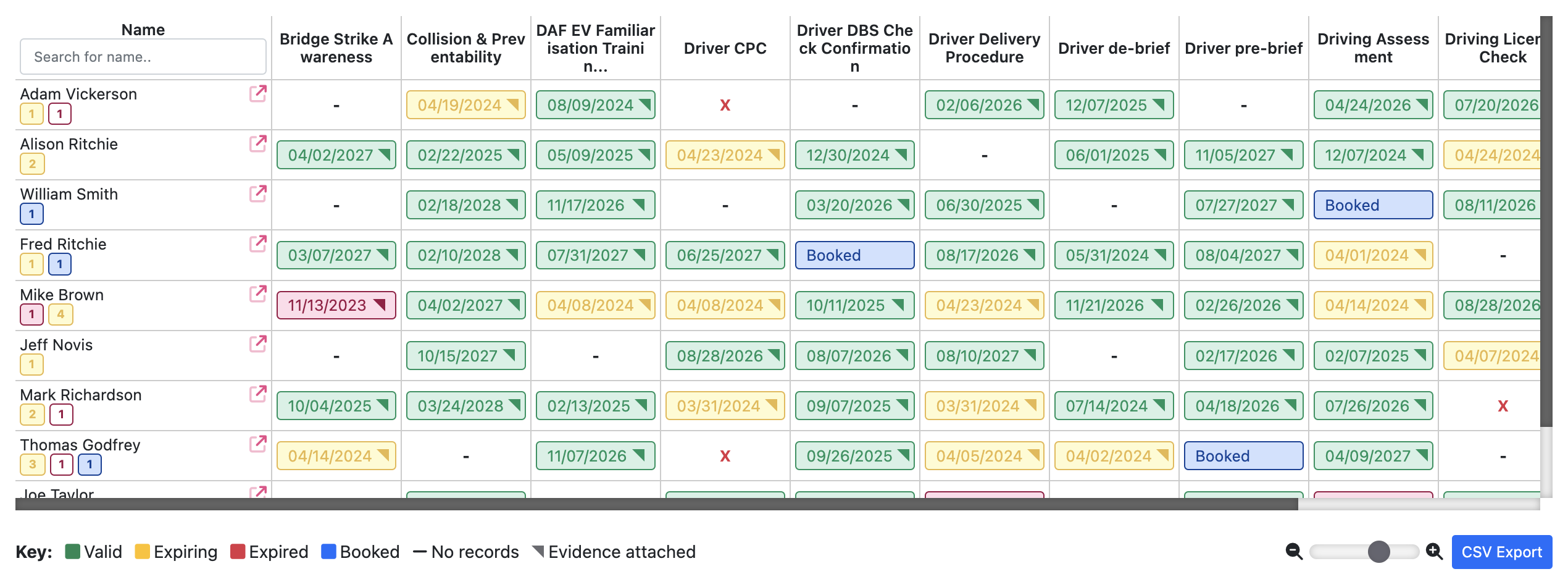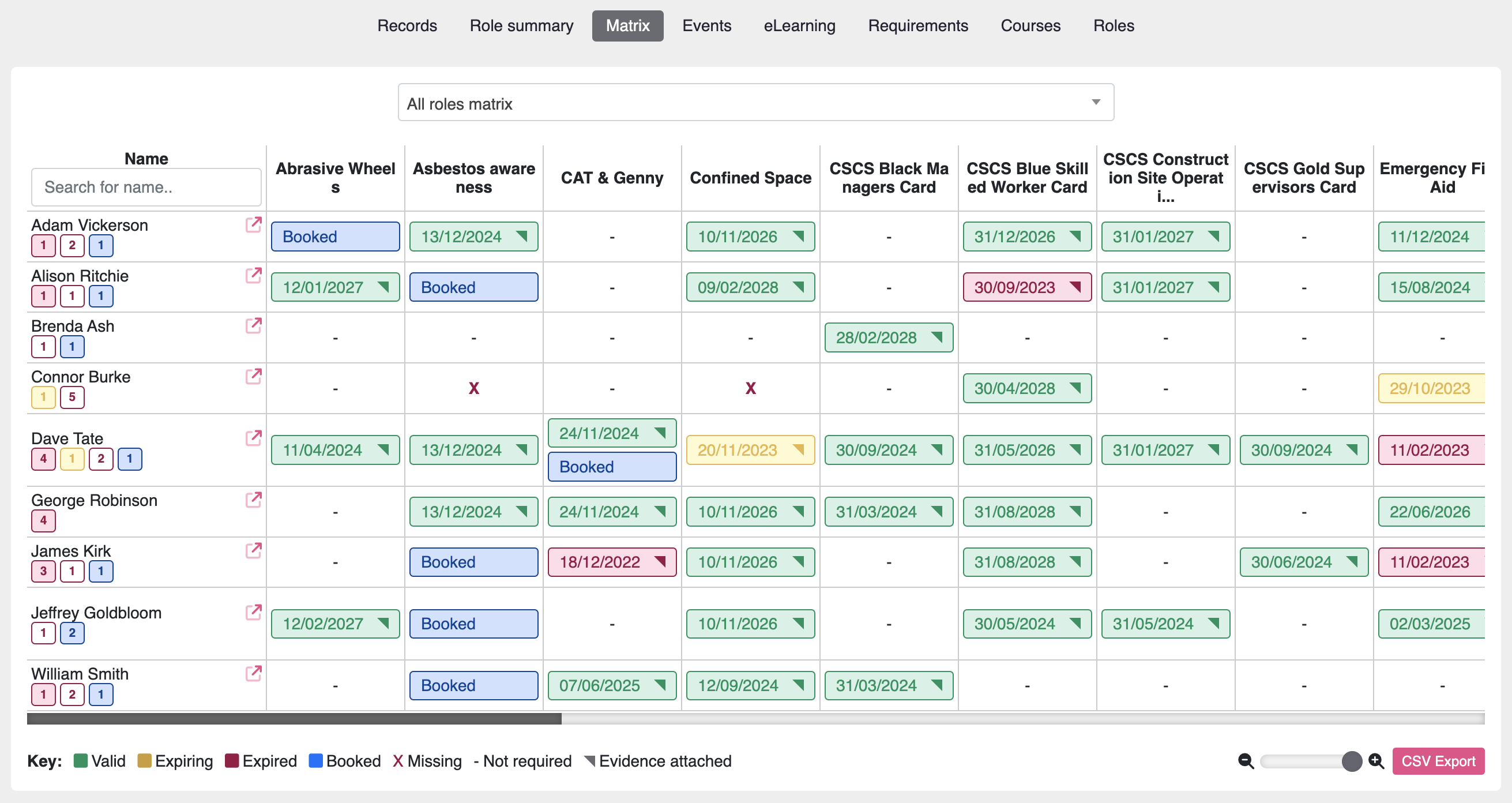When it comes to personal and professional growth, competencies play a crucial role. But what exactly are they, and how might they be developed and utilized in the workplace? In this comprehensive guide, we will explore the concept, their importance, and how they can be applied in various aspects of life.
What Are Competencies?
Competencies represent the essential skills, knowledge, and behaviors crucial for success in a given role or field. Regarded as the building blocks of performance, organizations use them to gauge an individual’s capability in carrying out specific tasks or jobs.
Types of Competencies
There are two main types: technical and behavioral.
Technical Competencies
These refer to the specific skills and knowledge required to perform a particular job or task. They can include technical skills, such as coding for example, data analysis, or project management.
Behavioral Competencies
Also known as soft skills, these are the personal attributes and behaviors that contribute to an individual’s success within the workplace. These can include communication, problem-solving, and adaptability.
Why Are Competencies Important?
They are essential for personal and professional growth for several reasons.
Clear Expectations
Competencies provide a clear understanding of what is expected in a particular role or field. By defining the necessary skills and behaviors, they help individuals and organizations set clear expectations and goals.
Performance Management
Organizations frequently leverage competencies in performance management to evaluate individual performance and pinpoint improvement areas. With well-defined requirements, companies can tailor training and development initiatives, facilitating employees in reaching their maximum potential.
Hiring and Recruitment
Organizations utilize competencies in the hiring and recruitment process to pinpoint the most fitting candidates for a specific role. By outlining essential job requirements, companies can evaluate candidates’ skills and behaviors, gauging their suitability for the position.
Personal Development
For individuals, competencies provide a roadmap for personal development. By identifying the skills and behaviors needed for success, individuals can focus on developing these to improve their performance and advance in their careers.
How Are Competencies Developed?
Development involves a blend of training, experience, and feedback. Here are some strategies to cultivate them:
Training and Education
One of the most effective ways to develop competencies is through training and education. This can include formal education, such as attending workshops or courses, or informal learning, such as reading books or watching online tutorials.
On-the-Job Experience
On-the-job experience is another crucial aspect of competency development. By actively engaging in tasks and projects, individuals can gain practical experience and develop their skills and behaviors.
Feedback and Coaching
Feedback and coaching are essential for competency development. By receiving feedback from managers, peers, and mentors, individuals can identify areas for improvement and work on developing them.
How Are Competencies Used?
Applying competencies can span various life areas these encompass both personal areas and professional contexts. Here are examples illustrating their versatile utilization:
Performance Management
As previously highlighted, competencies play a crucial role in performance management, evaluating individual performance and pinpointing areas for improvement. With a well-defined set of competencies, organizations can offer precise feedback and development opportunities, aiding employees in reaching their full potential.
Career Development
Competencies are instrumental in career development, identifying improvement areas and setting goals for personal and professional growth. By identifying those essential for a specific role or field, individuals can concentrate on honing these skills and behaviors, propelling advancement in their careers.
Succession Planning
Competencies are also used in succession planning to identify potential leaders within an organization. By assessing an individual’s competencies, organizations can determine if they have the necessary skills and behaviors to take on a leadership role in the future.
Personal Growth
Competencies can also be applied by individuals for their own personal growth and development. By identifying the skills and behaviors needed for their success, individuals can focus on developing these to improve their performance and achieve their personal goals.
Creating Competency Models
Competency models are a framework that outlines the skills and behaviors needed for success in a particular role or field. Here are some steps to create one:
Identify the Purpose
The first step in creating a competency model is to identify the purpose. This could be for performance management, career development, or succession planning.
Define the Competencies
Next, define the competencies needed for success in the role or field. This involves research, interviews with subject matter experts—such as health and safety advisors for mandatory training in high-risk industries—and analyzing job descriptions.
Determine the Levels of Proficiency
Once you have defined the required competencies, you should then determine the levels of proficiency for each of them. This could include beginner, intermediate, and advanced levels.
Create a Rating Scale
To assess an individual’s proficiency, it is essential to create a rating scale. This could be a numerical scale or a descriptive one, such as “needs improvement,” “proficient,” and “excellent.”
Gather Feedback
To ensure the accuracy and effectiveness of the competency model, gather feedback from stakeholders, including employees, managers, and subject matter experts.
Continuously Review and Update
Competency models should be continuously reviewed and updated to reflect changes in the role or field. This could include new technologies, industry trends, or changes in job responsibilities.
Software for Competency Recording and Measuring
Utilizing software for managing the identification of competencies and measuring proficiency offers a myriad of advantages in today’s dynamic workplace. Software solutions, like Moralbox, bring efficiency and precision to the process, enabling organizations to systematically identify and track employee competencies. Automation reduces the likelihood of manual errors, enhances data accuracy, and saves valuable time. Additionally, software solutions frequently provide real-time insights, empowering organizations to proactively address gaps, align training programs, and foster continuous employee development. In the broader context, leveraging software contributes to a more strategic and data-driven approach, fostering a culture of excellence and adaptability within the workforce.
Moralbox Skills Matrix
Experience the power of Moralbox, a cutting-edge SaaS solution designed for streamlined training management and precise identification of gaps. Our innovative platform features a dynamic skills matrix, complete with a sophisticated scoring system. This not only defines competencies comprehensively but also provides a reliable measure of proficiency.
Further Reading
CIPD
CIPD offer a wealth of resources on HR topics, including further information, guides and factsheets on competency management. Their articles, research papers, and publications provide valuable insights for professionals seeking a deeper understanding.
LinkedIn Learning
Online learning platforms like LinkedIn Learning often feature courses and tutorials on competency management. These resources may include video lectures, case studies, and practical insights from industry experts.
Human Resources Today
Human Resources Today aggregates articles from various HR blogs, offering a diverse range of perspectives on competency management. It can be a valuable source for staying updated on the latest trends and best practices.
Conclusion
Competencies are a crucial aspect of personal and professional growth. By understanding what they are, why they are important, and how they can be developed and utilized, individuals and organizations can achieve success and reach their full potential. Whether it’s for performance management, career development, or personal growth, they play a vital role in achieving success.

Alison is the Moralbox Customer Success Manager. She ensures that our customers enjoy the benefits and get the very best experience out of our products. Alison has over 8 years experience as a training manager.


